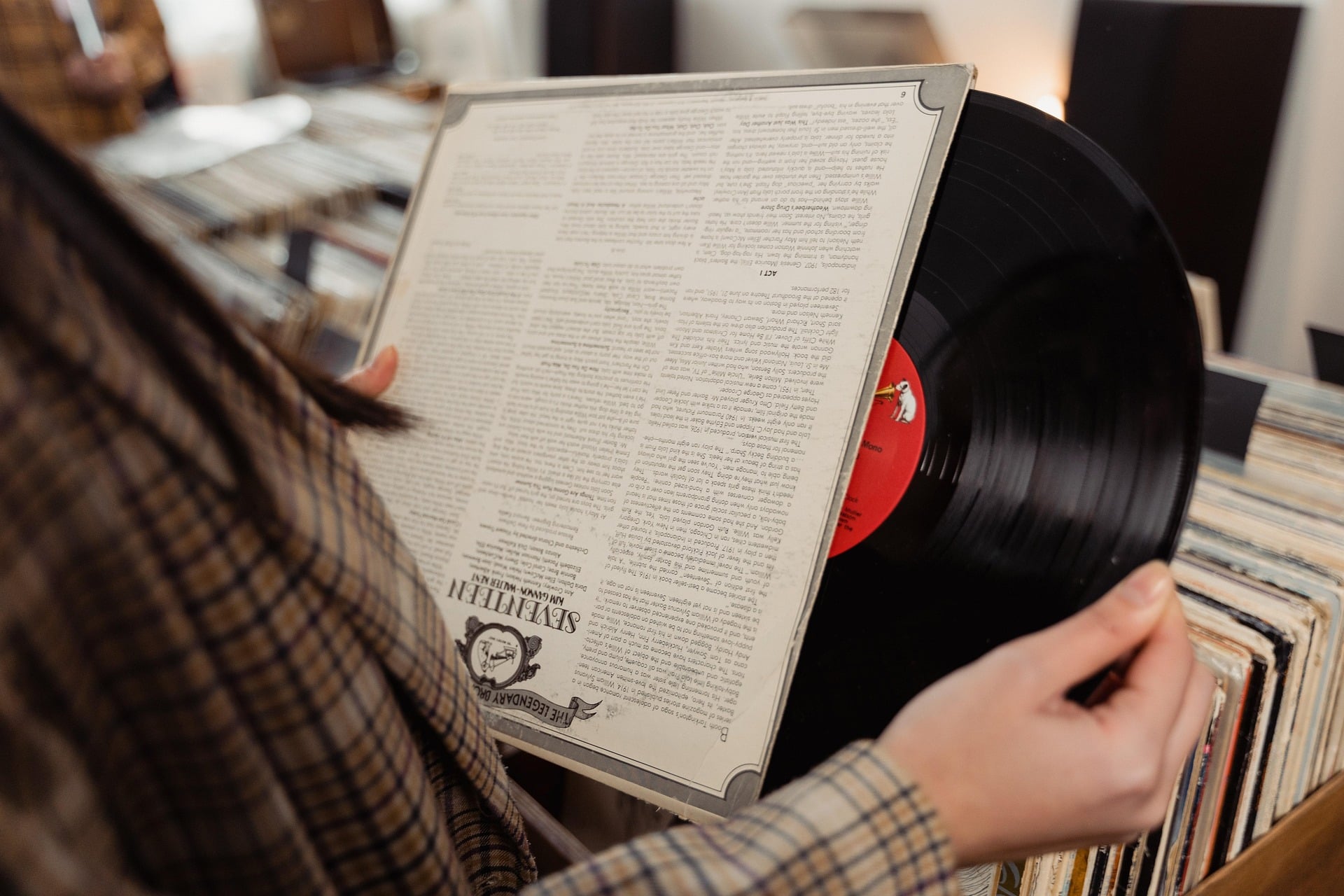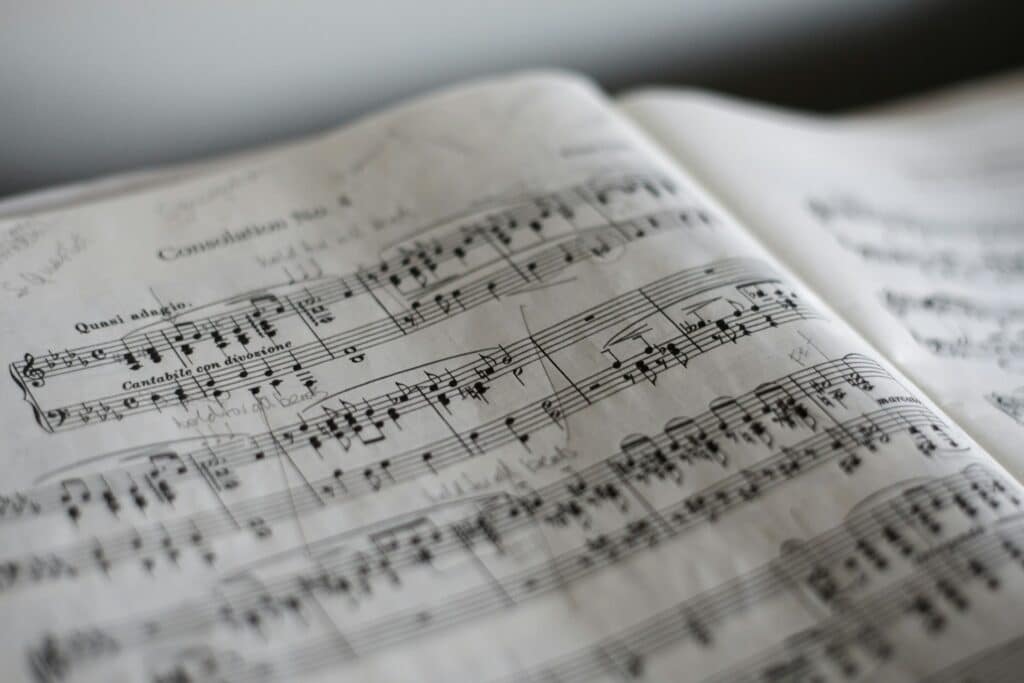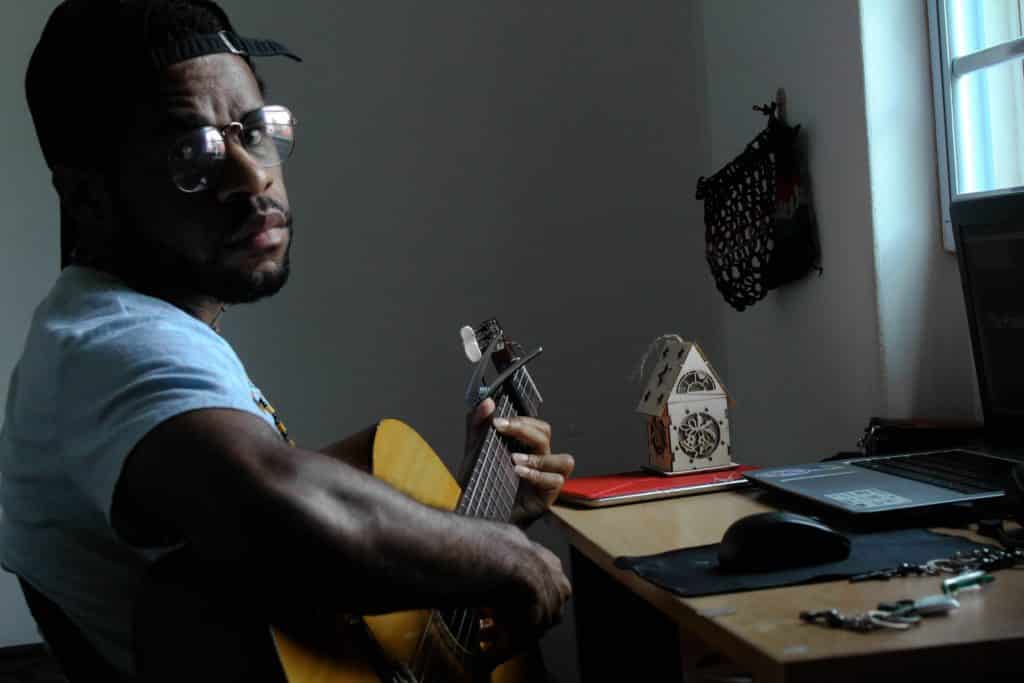There was a time when Saturday afternoons meant flipping through bins of vinyl or CDs at the local record store. You’d save up for weeks just to buy one album — carefully removing the plastic wrap, thumbing through liner notes, and placing the disc or record on your player for the first time. That ritual wasn’t just about the music; it was about owning a piece of something, of connecting deeply with an artist’s work.
Fast forward to today, where a few taps on a phone can queue up millions of songs. While undeniably convenient, streaming has replaced that tangible, intentional experience with something more passive and fleeting. And now, many music lovers are circling back, rediscovering the joy of physical media and the emotional richness it offers.
Streaming’s Convenience Comes at a Cost
Streaming revolutionized how we access music, but it hasn’t come without trade-offs. Listeners often find themselves frustrated when songs or entire albums disappear from platforms due to licensing issues. What once felt like ownership now feels like renting a constantly shifting library. The impermanence is disheartening, especially when favorites vanish without warning.
Beyond access, there’s also the cost of subscription services. With a growing number of platforms — Spotify, Apple Music, Amazon, YouTube Premium — the monthly fees stack up. Individually, they may seem affordable, but collectively, they can quietly strain personal budgets without users fully realizing it.
Then there’s the issue of algorithms. While algorithmic playlists offer endless suggestions, they can also make the listening experience feel sterile or uninspired. Songs blend together, selected by code rather than genuine curiosity or emotion. For many, this contributes to a sense of detachment from the music they once felt so personally connected to.
The Joy of Something You Can Hold
Investing in physical copies like CDs and vinyl brings back a tactile and immersive experience that many music lovers miss. Holding a vinyl record, feeling the weight of a CD case, or popping open a cassette carries with it a sense of ceremony. The textures, the sound of a needle dropping, and even the slight imperfections in playback all become part of the listening ritual.
Unlike digital formats, physical albums come with thoughtful packaging: cover art, lyric booklets, thank-you notes, and hidden messages. These elements deepen the experience, transforming music into something you see, touch, and explore beyond just hearing it. It becomes a full-body memory.
Even more, the act of playing a record or CD demands presence. You don’t just hit shuffle and walk away. You listen with intention, often from start to finish. That process creates a connection to the music that’s harder to replicate with streaming.
The enduring value of physical media lies in its ability to create a multi-sensory connection that digital formats often lack. They still resonate so strongly today precisely because they offer more than just sound.
A New Generation of Collectors (and Recollectors)
While it may surprise some, Gen Z is embracing vinyl and CDs with enthusiasm. Drawn by their retro charm and a desire to disconnect from constant digital noise, younger listeners are diving into the tangible music experience their parents grew up with. At the same time, older fans are returning to physical formats as a way to reclaim a more meaningful relationship with their music.
Record stores are seeing a cultural revival. Crate digging has become a social and nostalgic activity. Communities centered around music collecting have re-emerged, thriving both online and in real life. These shared passions help bridge generational gaps and breathe new life into a seemingly bygone era.
For many, collecting music has become a form of self-expression. Owning albums with personal meaning allows listeners to relive memories, mark life moments, and preserve pieces of themselves in a way that playlists never could.
Your Personal Soundtrack, Built To Last
Streaming offers access, but it doesn’t offer permanence. A physical music collection, on the other hand, is yours to keep. It grows with you, evolving into a personal soundtrack that reflects who you are over time.
Each album on a shelf carries a story: where you bought it, who gave it to you, what chapter of life it defined. That makes a physical library a time capsule and a legacy.
With physical media, listeners make intentional choices. Instead of infinite scrolling, they select albums that resonate deeply. That level of connection builds appreciation, making each listen feel like an event rather than background noise.
Conclusion
Streaming undoubtedly has its place. It’s convenient, portable, and packed with options. But as many music fans are rediscovering, physical media offers something streaming can’t: a sense of connection, intention, and permanence. Owning music invites us to slow down, savor, and remember what it feels like to truly listen.
For those looking to reconnect with their favorite artists and memories, now may be the perfect time to dust off that old turntable or build out a new collection, one meaningful album at a time.
By Indiana Lee




This article perfectly captures the intangible magic of owning physical music. While streaming is undeniably convenient, it often feels fleeting and disposable. There’s something irreplaceable about the tactile ritual of handling a record or CD—an act that transforms passive listening into an intentional experience. As someone who’s felt the sting of losing a favorite album to licensing changes on streaming platforms, I can’t help but agree that physical media offers a permanence and connection that algorithms simply can’t replicate.
I find the comeback of physical music refreshing. While streaming is convenient, it lacks the emotional connection and permanence that owning vinyl or CDs provides. Collecting albums allows for a deeper, more intentional music experience that streaming can’t replicate.
You can’t beat a good rummage in the record racks. (or ‘crate digging’ as it’s often called).